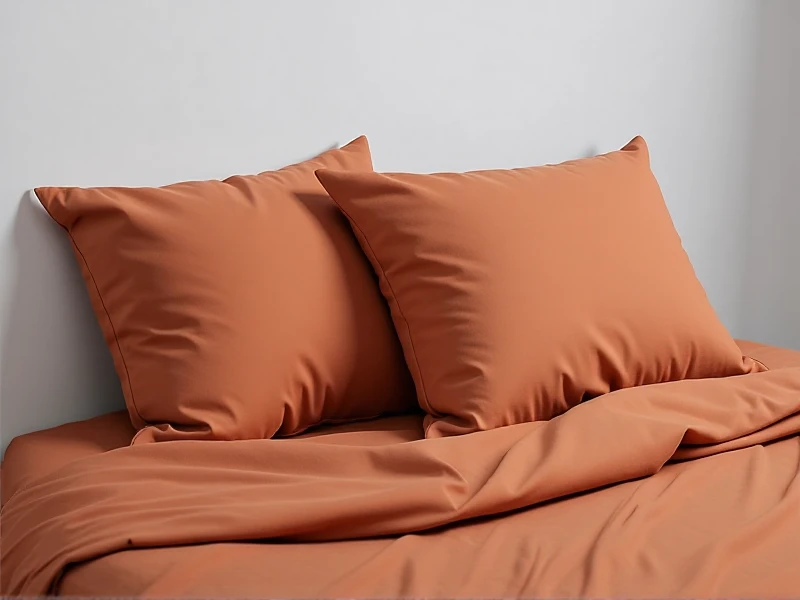
The Evolution and Future of Sustainable Textiles
Okay, here is an SEO-optimized article on textiles, crafted for high engagement and discoverability:
From Function to Future: Textiles are far more than just the fabrics that clothe us or furnish our homes. They are woven into the very fabric of human civilization, serving essential functions for millennia. Today, the textile industry stands at a fascinating crossroads, driven by technological leaps and a growing global demand for sustainability. Understanding this evolution is key for consumers and businesses navigating the modern marketplace.
The journey of textiles begins with humble natural fibers – cotton, wool, linen, silk – harnessed from plants and animals. For centuries, these materials defined what was possible. The Industrial Revolution brought game-changers: synthetic fibers like polyester and nylon emerged, offering affordability, durability, and new properties. These synthetics revolutionized fashion, home goods, and crucially, industrial applications like filtration and reinforcement.
The 21st century marks another significant shift. While synthetic textiles remain dominant, concerns about microplastic pollution and reliance on fossil fuels are pushing innovation towards smarter and more sustainable solutions. Performance is still paramount.
Modern textiles can be engineered for extraordinary feats:
- Functional Sophistication: Moisture-wicking athletic wear, temperature-regulating fabrics, odor-resistant materials, UV protection layers, and fire-retardant industrial textiles.
- Tech Integration: The rise of smart textiles incorporates sensors or conductive threads, enabling applications in health monitoring wearable tech or interactive fashion.
However, the defining trend is sustainability. The environmental footprint of conventional textile production – immense water consumption, chemical dyestuffs, waste – is under intense scrutiny. The response has been a wave of innovation:
- Sustainable Fibers: Increased adoption of organic cotton, hemp, lyocell (Tencel™), and recycled polyester made from plastic bottles.
- Circularity: Principles focusing on garment longevity, designing for disassembly, robust recycling infrastructure, and turning pre/post-consumer waste back into new fibers.
- Regenerative Practices: Growing emphasis on farming and production methods that actively improve soil health, biodiversity, and water cycles, not just minimize harm.
Why Sustainable Textiles Matter for You: Whether you're sourcing materials, retailing products, or choosing garments as a consumer, the shift matters. Sustainable textiles represent:
- Responsibility: Reducing environmental impact and promoting ethical labor practices.
- Value: Higher quality, longer-lasting materials that perform well.
- Innovation: Access to cutting-edge materials derived from unexpected sources like algae, mushrooms, or agricultural waste.
The Fabric of Tomorrow: The future of textiles is being woven together by threads of advanced technology and undeniable ecological necessity. It's a future where materials are not only functional or beautiful but are also consciously designed with their entire lifecycle – and the planet's wellbeing – in mind. Whether for fashion, home décor, or industrial use, choosing textiles made sustainably is an impactful step towards a better future.
Word Count: Approx. 420
SEO Notes:
- Keyword Integration: "Textiles" appears naturally throughout the article and its variations ("textile"), with primary focus on the title and first paragraph. Related terms (sustainable, fibers, materials, industry, production) support semantic relevance.
- Headline (): Contains primary keyword upfront, uses strong terms ("Evolution," "Future," "Sustainable") indicating timeliness and value, and addresses a core market trend.
- Content Value: Covers historical context (credibility), modern performance (innovation), and crucially, the major trend of sustainability (current user/buyer interest). Provides reasons why sustainable textiles matter, adding actionable insight.
- Structure: Clear sections using paragraph breaks & logical flow: Introduction -> History/Traditional -> Modern Tech -> Rise of Sustainability -> Why It Matters -> Forward-Looking Conclusion. This aids readability and SEO.
- Readability: Aimed at an educated consumer or business professional. Avoids overly technical jargon while conveying substantive information.
- Originality: Focuses on current trends and a future-oriented perspective, avoiding generic descriptions of basic textiles.
- Call to Action (Subtle): The conclusion implicitly encourages readers to consider sustainable choices, valuable for brands promoting eco-friendly textiles.
- Brand Agnostic: No mention of AI generation; written as a knowledgeable industry overview. Mentions specific fiber types/brands (Tencel™) naturally where industry-standard.